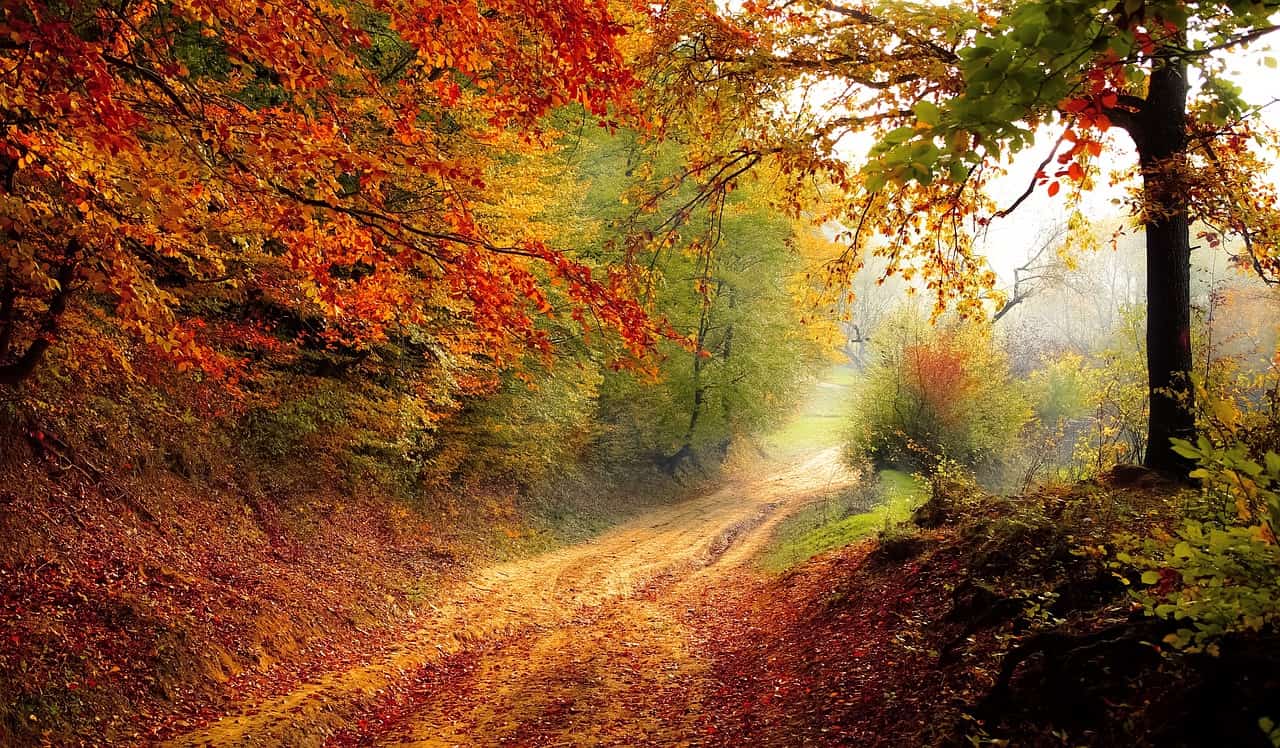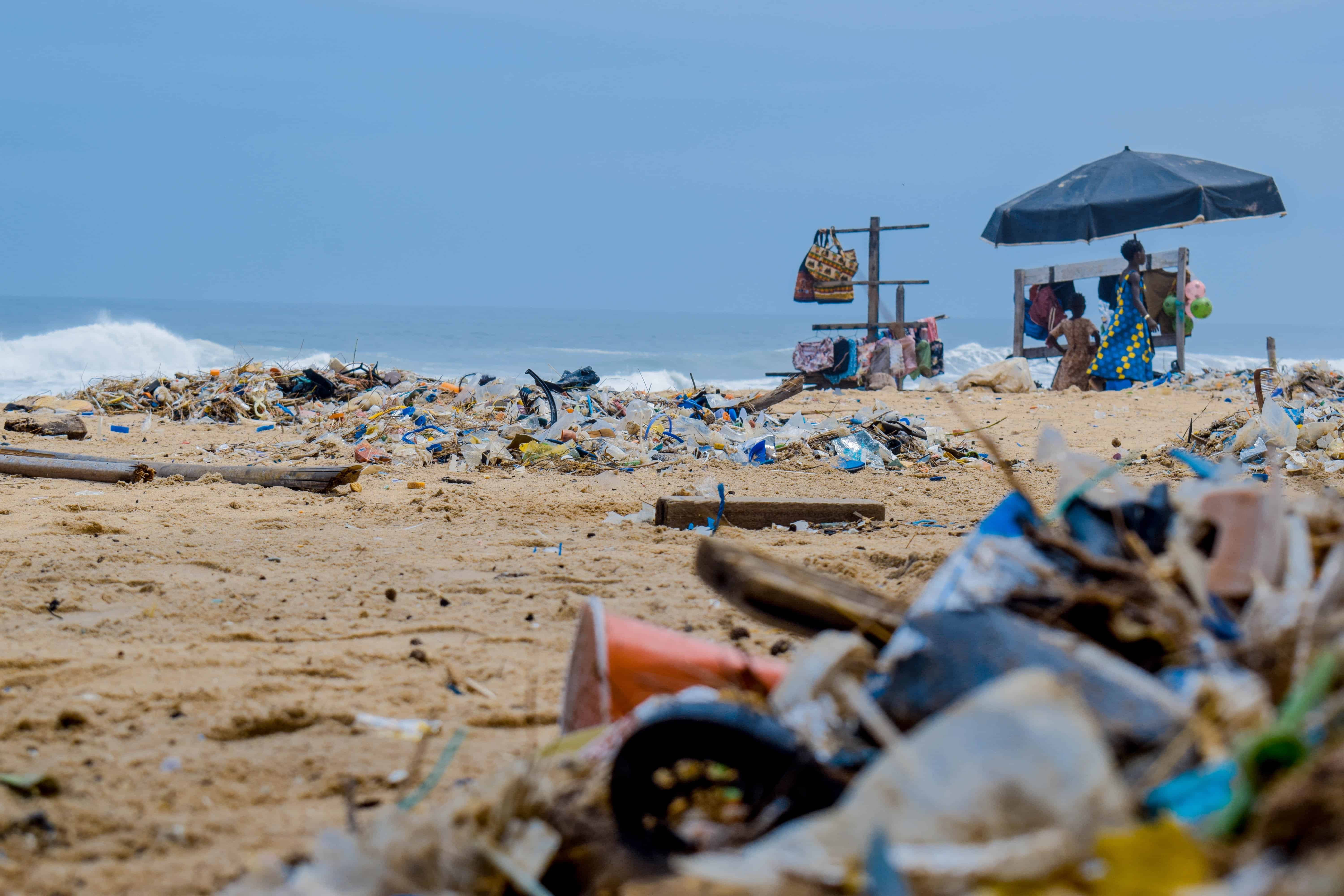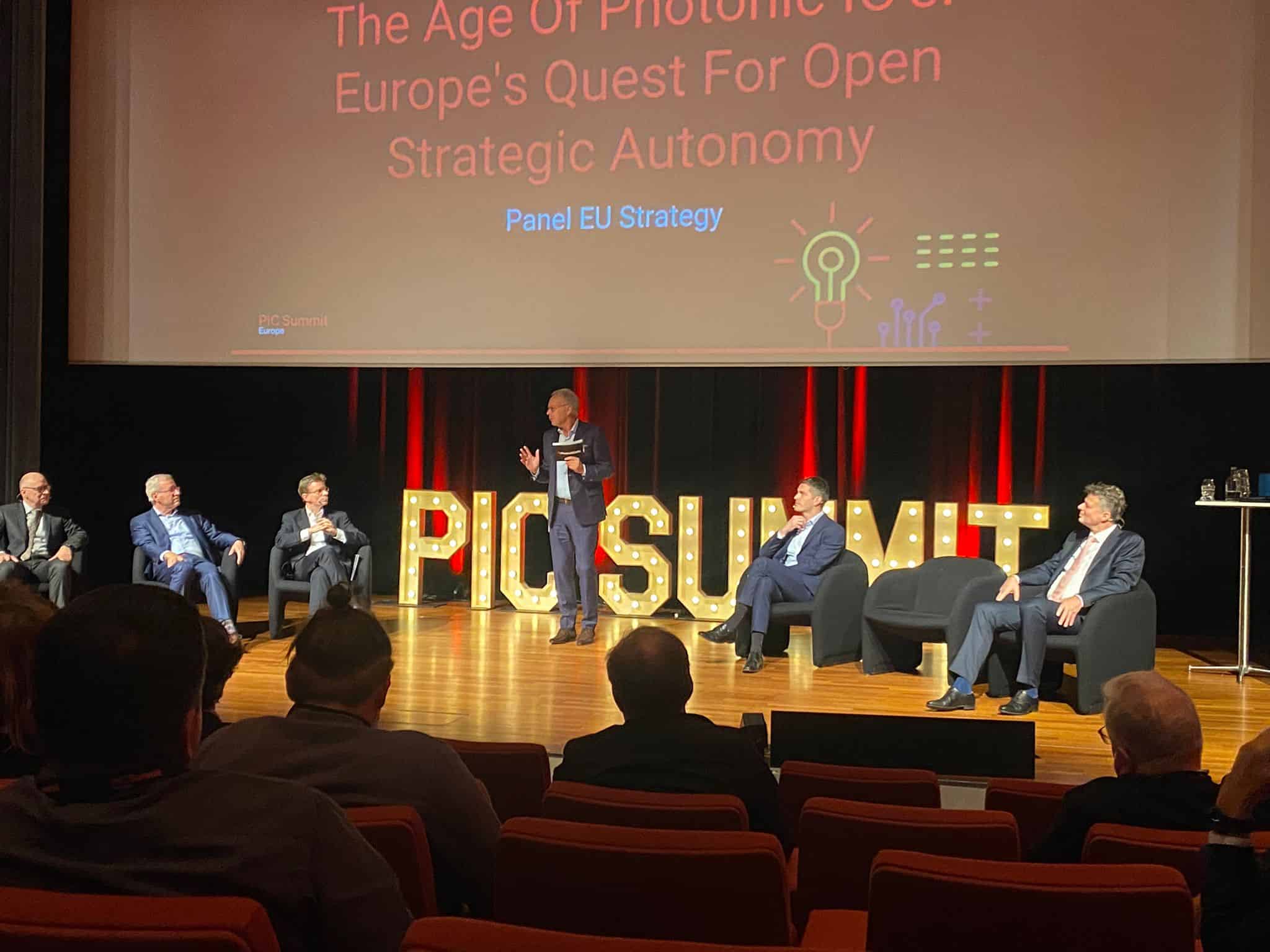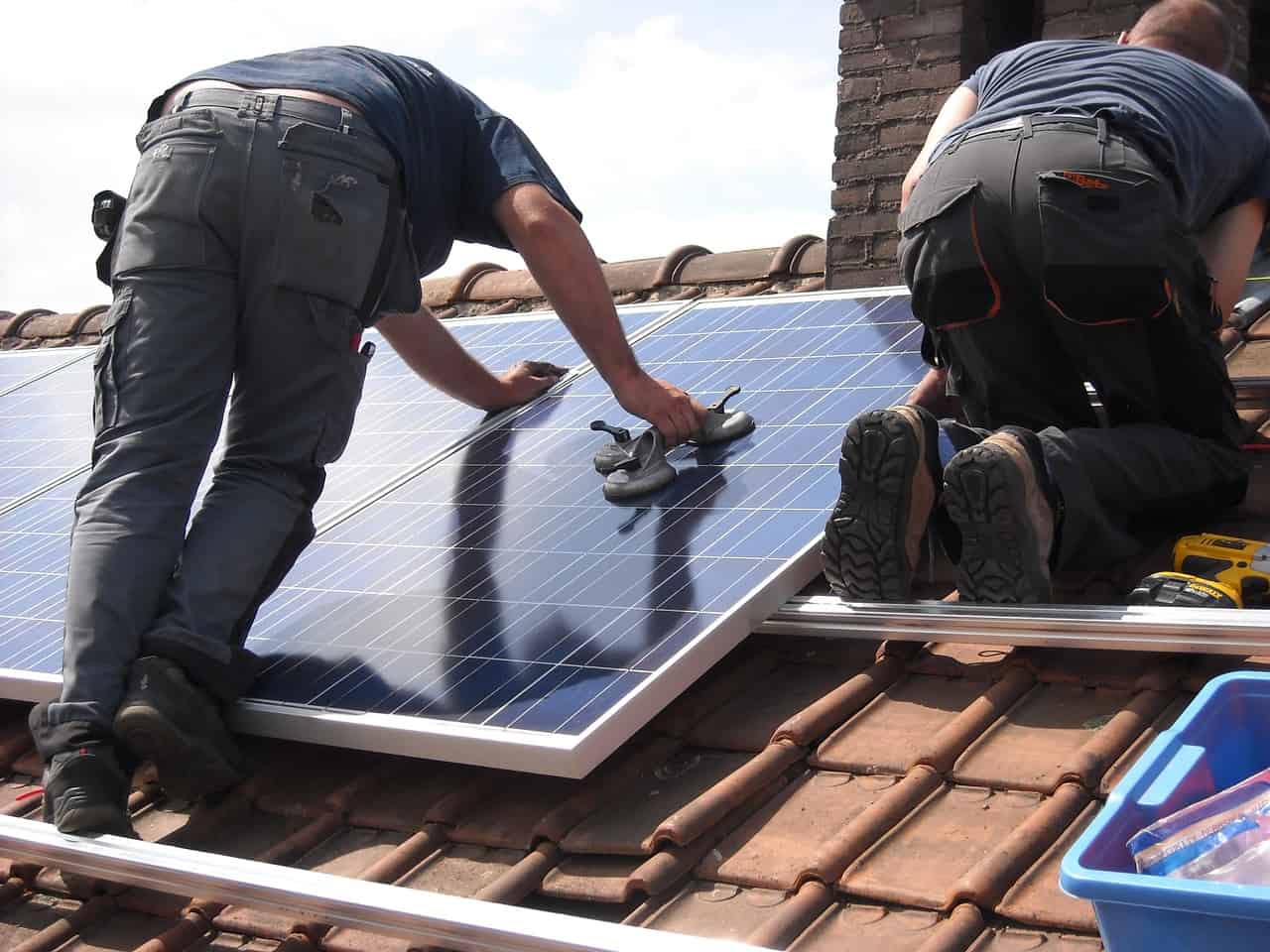
With the adoption of the controversial European Nature Restoration Act by the European Parliament, the Netherlands faces a considerable task. It is evident that EU member states must step up their efforts to preserve nature. The European Parliament was welcomed on Tuesday with applause and cheers after accepting the law. However, European member states still have to vote on the law.
Why you need to know this:
Nature in Europe is not doing well. Technology can help us in restoring natural areas.
What is the Nature Restoration Law about?
Nature in Europe is in bad shape. Only just under 15 per cent of Europe’s protected natural areas, known as Natura 2000 sites, are currently in good condition. By 2030, restoration measures must be implemented in 30 percent of the areas facing challenges. Ten years later, this should apply to 60 percent, and by 2050, it should be 90 percent.
The aim is to strengthen populations of plants and animals to ensure their sustainable survival.
The proposal voted on by parliamentarians was significantly watered down from the European Commission’s original proposal. This was done under pressure, especially from the EPP, which strongly opposed it, backed by the displeasure of European farmers.
The Nature Restoration Act presents the Netherlands with new challenges and opportunities. Technological innovations play a crucial role in achieving the set goals. We list some promising innovations from Dutch soil.
Ecological monitoring with drones
One example of technological innovation is the use of drones for ecological monitoring. Companies like Avy – a Dutch drone manufacturer – are developing drones equipped with cameras and sensors to analyse natural areas. These drones can quickly map large areas, giving ecologists valuable data on the state of flora and fauna.With this information, conservationists can take a more targeted approach to restoring ecosystems.
The Amsterdam start-up’s drones were deployed at the Port of Rotterdam, for example, to monitor water pollution. Tests were conducted with the drones, focusing on inspections in both sea and inland waterways, carried out by the Division of Harbour Master. This includes inspections at bunkering, water pollution, board-board transfer, zoning for hazardous substances, shore-board transfer, air pollution (e.g. smoke or soot), and shipboard repairs.

Water management through smart technology
Sensors can also help protect nature. Vitens, for example, uses sensors and data analysis to accurately monitor and manage groundwater levels. This is essential, as a stable water level is the basis for many natural areas. With the right technology, Vitens can not only safeguard water quality, but also contribute to the development of new nature by, for example, creating wetlands. These areas are not only important for biodiversity, but also act as natural water purification systems.
Innovation in agriculture
Agriculture has a direct impact on nature. But technological developments within the agribusiness can contribute to nature restoration. Lely, an innovator in agricultural machinery, developed the Lely Sphere: a solution in the nitrogen file. This machine ensures that ammonia does not reach the groundwater. It separates the thick fraction from the thin fraction on the grates, extracts the air under the grates and washes out the ammonia here. Furthermore, the system separates the liquid and solid fraction into a nitrogen, phosphate and potassium part. The system can be installed on existing and traditional slatted floors.
Mix of tech and policy
Thanks to a smart mix of technology, policy and cooperation within society, we can ensure that the Netherlands preserves its nature for generations to come.








